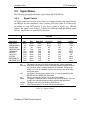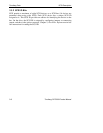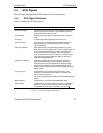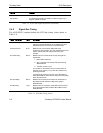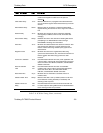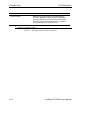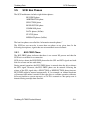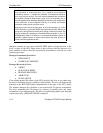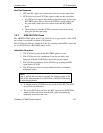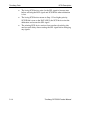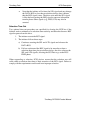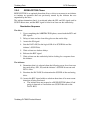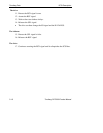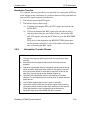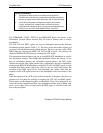Special offers from our partners!

Find Replacement BBQ Parts for 20,308 Models. Repair your BBQ today.

7DQGEHUJ'DWD 6&6,'HVFULSWLRQ
7DQGEHUJ'/73URGXFW0DQXDO
%XV)UHH6HTXHQFH
1. BSY and SEL signals are continuously false for one bus settle delay.
2. SCSI devices release all SCSI bus signals within one bus clear delay.
• If a SCSI device requires more than one bus settle delay to detect the
BUS FREE phase, then it releases all SCSI bus signals within one
bus clear delay minus the excess time to detect the BUS FREE
phase.
• The total time to clear the SCSI bus cannot exceed one bus settle
delay plus one bus clear delay.
$5%,75$7,213KDVH
The ARBITRATION phase allows one SCSI device to gain control of the SCSI
bus so that it can initiate or resume an I/O process.
The SCSI device arbitrates for the SCSI bus by asserting both the BSY signal and
its own SCSI ID after a BUS FREE phase occurs.
$UELWUDWLRQ6HTXHQFH
1. The SCSI device waits for the BUS FREE phase to occur.
2. The SCSI device waits a minimum of one bus free delay after
detection of the BUS FREE phase before driving any signal.
3. The SCSI device arbitrates for the SCSI bus by asserting the BSY
signal and its SCSI ID.
4. The SCSI device waits at least an arbitration delay to determine
arbitration results.
127(
Step 4 requires that every device complete the arbitration phase to the
point of SEL being asserted (for a SELECTION or RESELECTION phase)
to avoid hanging the bus.
• If a higher priority SCSI ID bit is true on the DATA BUS, the SCSI
device loses the arbitration.
• The losing SCSI device releases the BSY signal and its SCSI ID bit
within one bus clear delay after the SEL signal asserted by the
arbitration winner becomes true.



